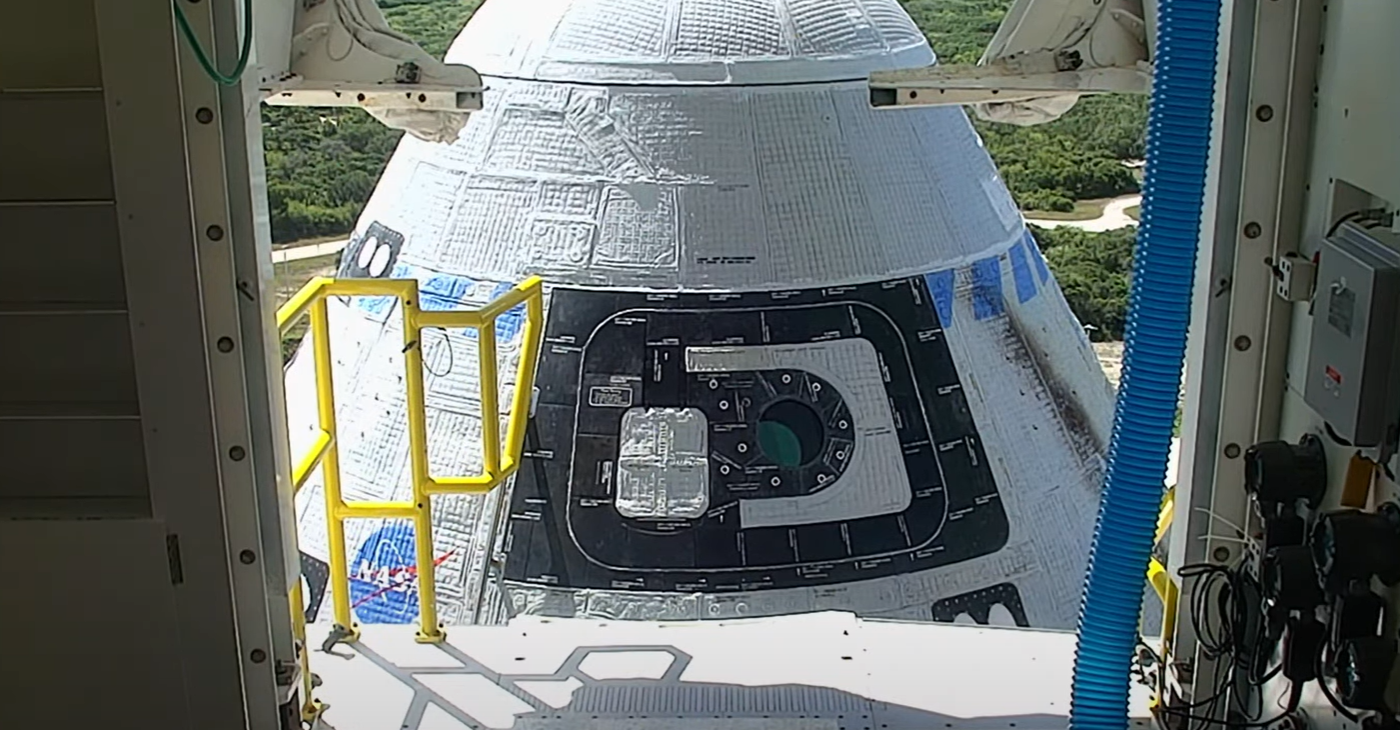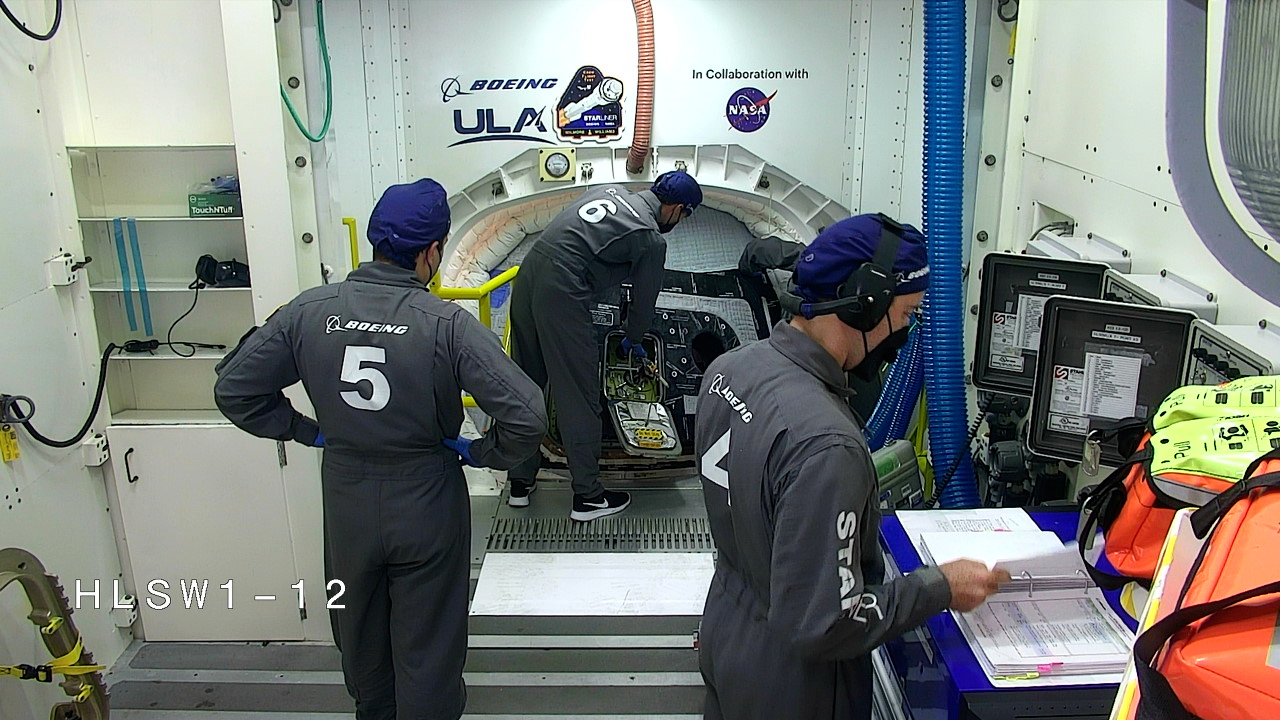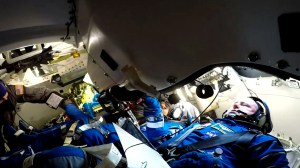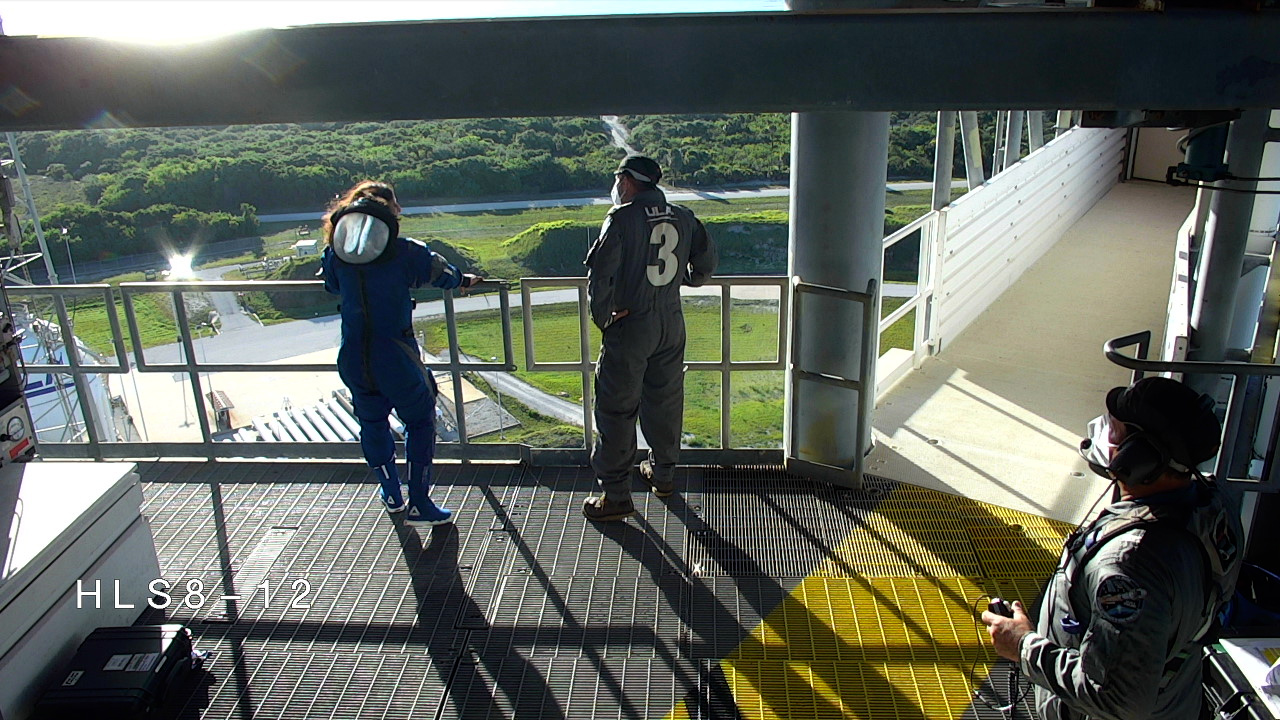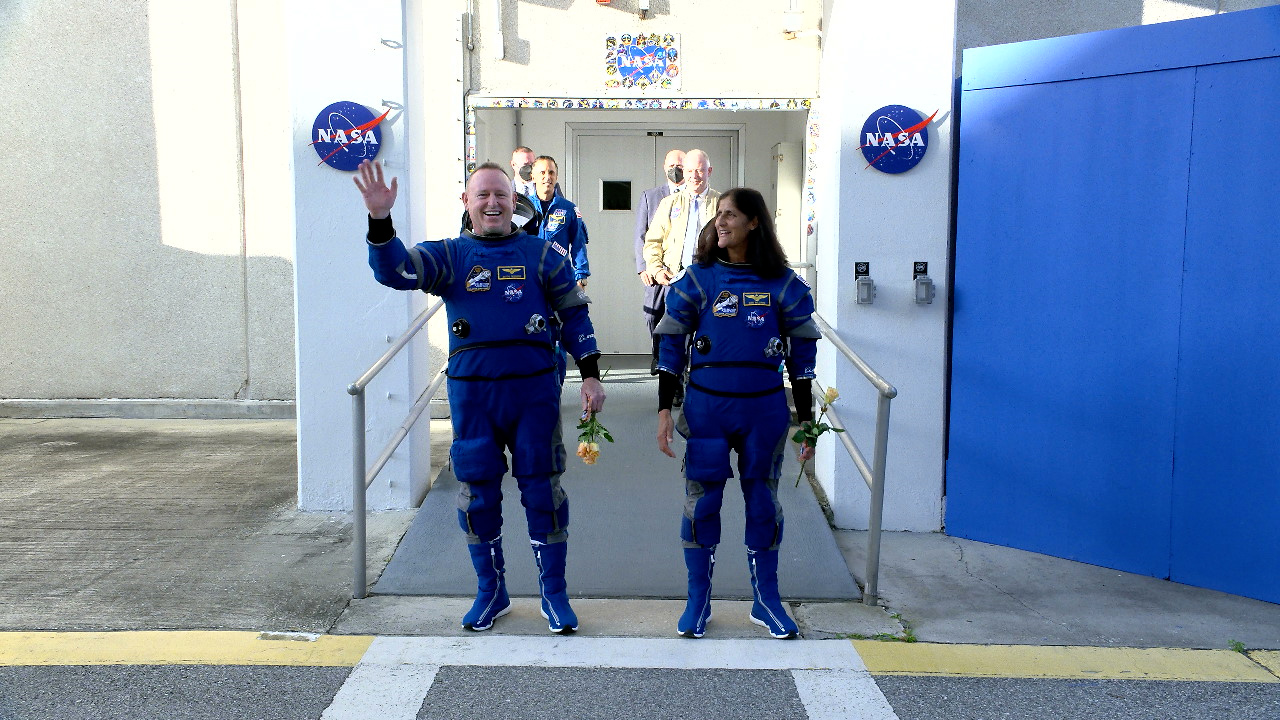
NASA and Boeing now are targeting no earlier than Saturday, June 22, to return the agency’s Boeing Crew Flight Test mission from the International Space Station. The extra time allows the team to finalize departure planning and operations while the spacecraft remains cleared for crew emergency return scenarios within the flight rules.
NASA and Boeing leadership will discuss the details of the new return target, flight status, and weather considerations for landing during a pre-departure media teleconference at 12 p.m. EDT Tuesday, June 18. NASA will provide additional media teleconference details soon.
“We are continuing to understand the capabilities of Starliner to prepare for the long-term goal of having it perform a six-month docked mission at the space station,” said Steve Stich, manager of NASA’s Commercial Crew Program. “The crew will perform additional hatch operations to better understand its handling, repeat some ‘safe haven’ testing and assess piloting using the forward window.”
NASA and Boeing teams also prepared plans for Starliner to fire seven of its eight aft-facing thrusters while docked to the station to evaluate thruster performance for the remainder of the mission. Known as a “hot fire test,” the process will see two bursts of the thrusters, totaling about a second, as part of a pathfinder process to evaluate how the spacecraft will perform during future operational missions after being docked to the space station for six months. The crew also will investigate cabin air temperature readings across the cabin to correlate to the life support system temperature measurements.
“We have an incredible opportunity to spend more time at station and perform more tests which provides invaluable data unique to our position,” said Mark Nappi, vice president and program manager, Commercial Crew Program, Boeing. “As the integrated NASA and Boeing teams have said each step of the way, we have plenty of margin and time on station to maximize the opportunity for all partners to learn – including our crew.”
NASA astronauts Butch Wilmore and Suni Williams, who are serving as Starliner’s crew for the mission, arrived at the International Space Station on June 6. They’ve completed numerous flight objectives required for NASA certification of Boeing’s transportation system for flights to the orbiting laboratory under the agency’s Commercial Crew Program.
Over the past three days, Wilmore and Williams have performed tasks as part of the space station team, including installing research equipment, maintaining the lab’s hardware, and helping station crewmembers Matt Dominick and Tracy Dyson prepare for a spacewalk. After NASA called off Thursday’s spacewalk, Williams worked to help the crew out of their spacesuits.
Engineering teams continue to increase their understanding of previous observations from Starliner propulsion systems on the spacecraft’s service module.
Pending spacecraft return readiness and acceptable weather conditions, Starliner will undock from the space station for a parachute and airbag-assisted landing in the southwestern United States. Get the latest mission updates by following the commercial crew blog, @commercial_crew on X, and commercial crew on Facebook.





